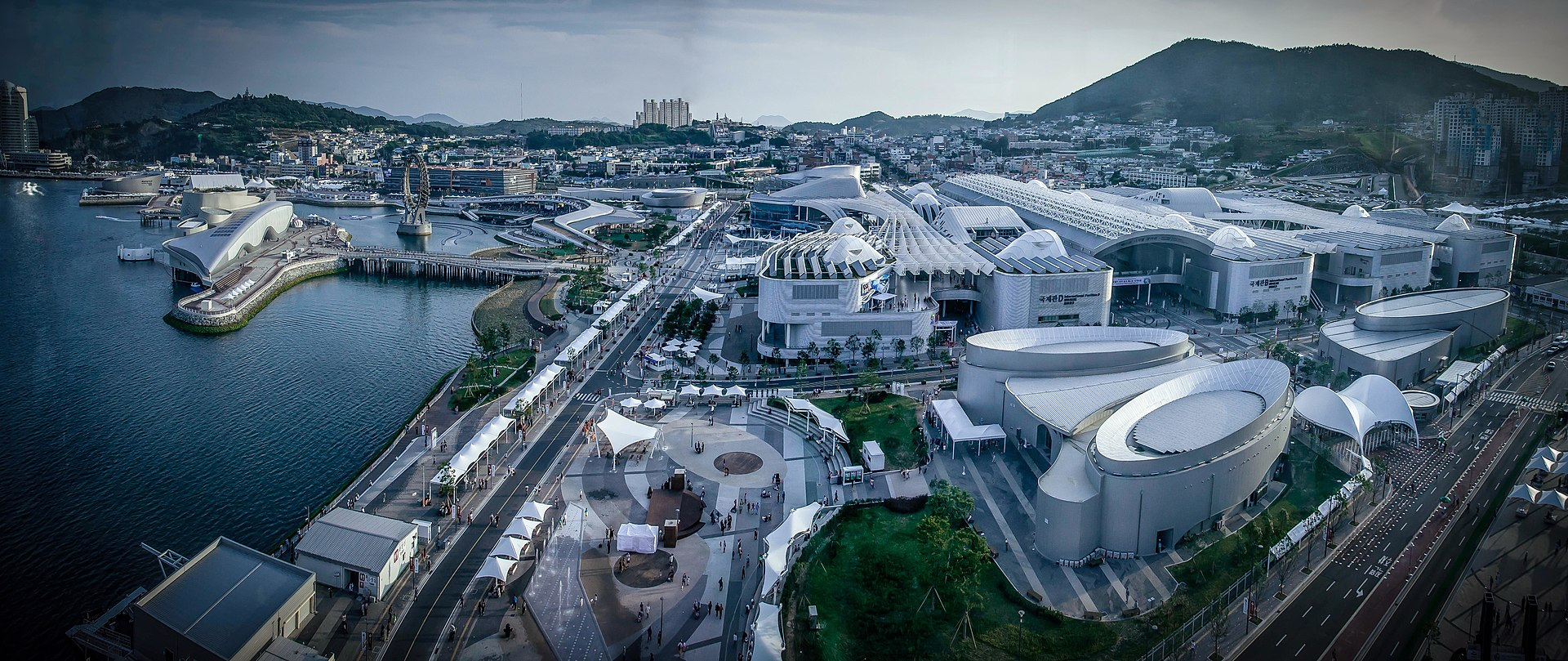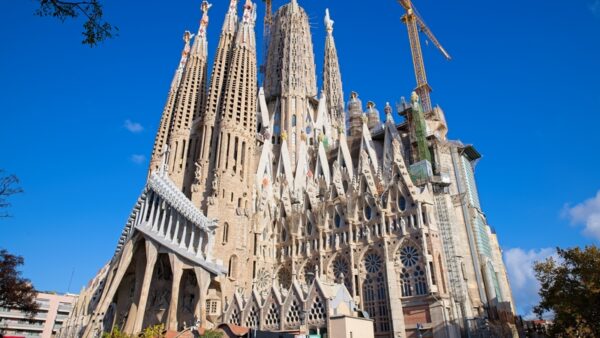
South Korean conglomerate SK Group has been chosen by the Ministry of Oceans and Fisheries to lead a project to build a hydrogen complex to serve the southern ports of Yeosu and Gwangyang.
SK has signed a memorandum of understanding that envisages a set of facilities that can store the fuel, handle imports and exports, supply it to ships and land vehicles, and produce “blue” hydrogen from imported natural gas. The project is due to be complete by 2023.
“To realise carbon neutrality in 2050, we plan to build hydrogen ports step by step by 2040,” said Moon Seong-hyeok, the minister of oceans and fisheries, reports Aju Business Daily.
The government has set a 30-year target to meet more than 60% of South Korea’s hydrogen needs using port complexes.
As well as Yeosu and Gwangyang, the west-coast port of Pyeongtaek-Dangjin, South Korea’s fifth largest, will be entirely reliant on hydrogen by 2040. It was chosen because it is next to a liquefied natural gas plant.
In time, other major ports such as Busan, Incheon and Ulsan will join the emerging hydrogen “ecosystem”.
SK Group, which owns South Korea’s biggest oil refinery, announced plans earlier this year to invest some $16bn in the South Korean hydrogen industry. Among other projects, it will build a liquefied hydrogen production facility with a capacity of 30,000 tonnes a year by 2023. By 2025, this will increase to 250,000 tonnes.
Meanwhile, Bloomberg notes that South Korea is aiming to more than double the amount of hydrogen vehicle refuelling stations to 180 by year-end, while Hyundai Motor Company is looking to scale up production of fuel cell vehicles that run on the gas and build more charging stations.
South Korea is emphasising hydrogen partly because of geographical difficulties in exploiting its onshore and offshore wind resources. It does have plans to develop an 8.2GW offshore farm at a cost of $43.2bn, but some commentators have expressed scepticism about its chances of success.
The use of natural gas to generate blue hydrogen is controversial among environmental campaigners. Although the carbon released in converting natural gas can be sequestered, the resultant hydrogen captures only around 70% of the energy. It also involves the release of methane, which has a greenhouse effect around 30 times greater than carbon dioxide, leading one recent scientific paper to claim that it is actually 20% worse than natural gas.
Image: A view of Yeosu from the city’s Sky Tower (Cesarexpo/CC BY-SA 3.0)
Further reading:










